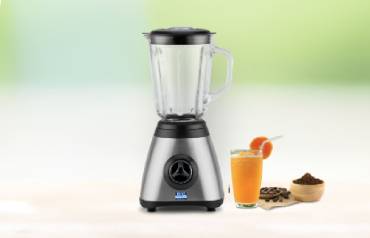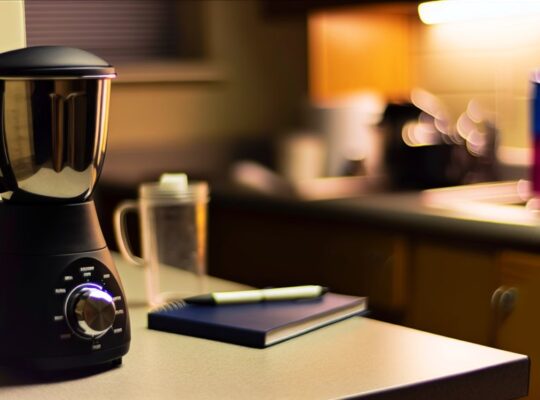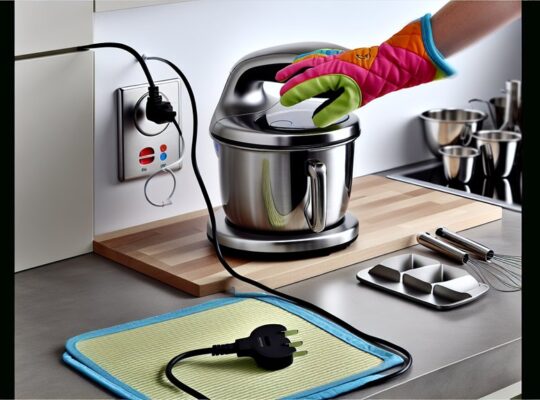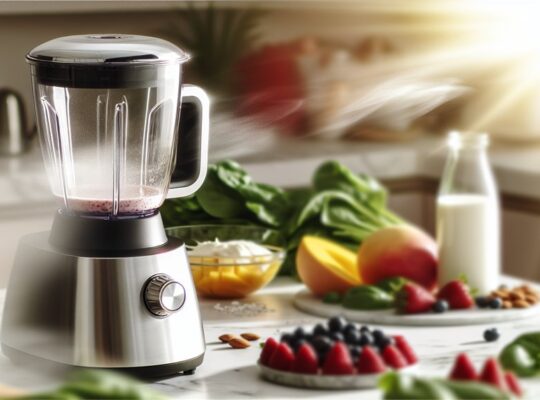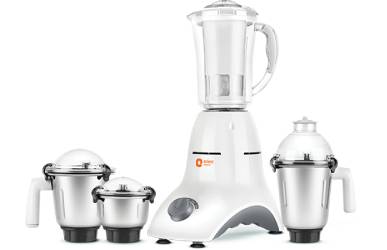To extend the life of your mixer grinder motor, you should couple proper loading with consistent processing patterns and sensible rest breaks between cycles. Use the right speed for each task, avoid overloading, and distribute ingredients evenly to minimize strain. Keep components clean and lubricated, schedule regular maintenance, and watch for unusual noises or vibrations. Curate a routine that anticipates wear before it becomes a problem, and you’ll uncover practical steps that keep performance steady—if you continue, you’ll know why this matters.
Key Takeaways
- Load wisely: keep within recommended jar capacities and avoid overloading; process in small, manageable batches.
- Use appropriate speeds: match speed to load and blade design, favor short bursts over continuous runs.
- Allow cooling: give rest intervals between cycles and avoid overheating or extended grinding sessions.
- Regular maintenance: clean components, check ventilation, and lubricate moving parts per manufacturer guidelines.
- Monitor for signs: stop if you hear unusual noises, see excess vibration, or smell burning; address issues promptly.
Understanding Common Causes of Motor Wear
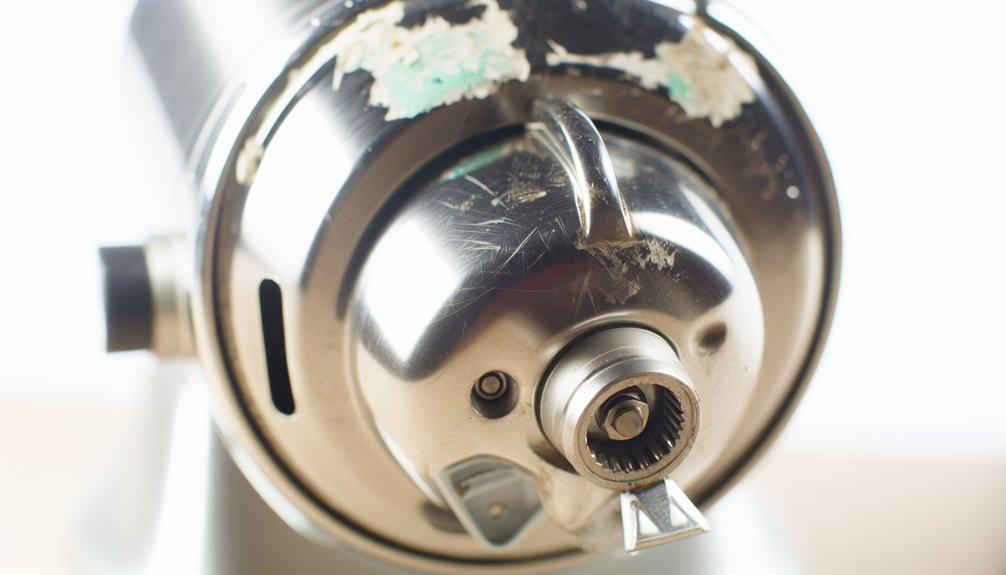
Common causes of motor wear in a mixer grinder stem from misuse and mechanical stress. You’ll notice wear from overloading, running the motor without load briefly, or grinding for extended periods without breaks. Repeated overheating, especially with low-quality attachments or dull blades, accelerates insulation damage and bearing fatigue. Mechanical stress comes from loose parts, misaligned jars, or worn drive belts transmitting inefficient torque. Improper ventilation traps heat, reducing efficiency and lifespan; never block air vents or place the unit on soft surfaces. Electrical strain arises when you start the motor with a heavy load or repeatedly switch it on and off, causing surges. Maintain cleanliness to prevent debris ingress that can abrade internal components. Address issues promptly, use recommended accessories, and monitor operating temperatures for safer, longer-lasting performance. Proper ventilation helps maintain cooler operation and extends motor life.
Proper Loading and Load Management for Longevity
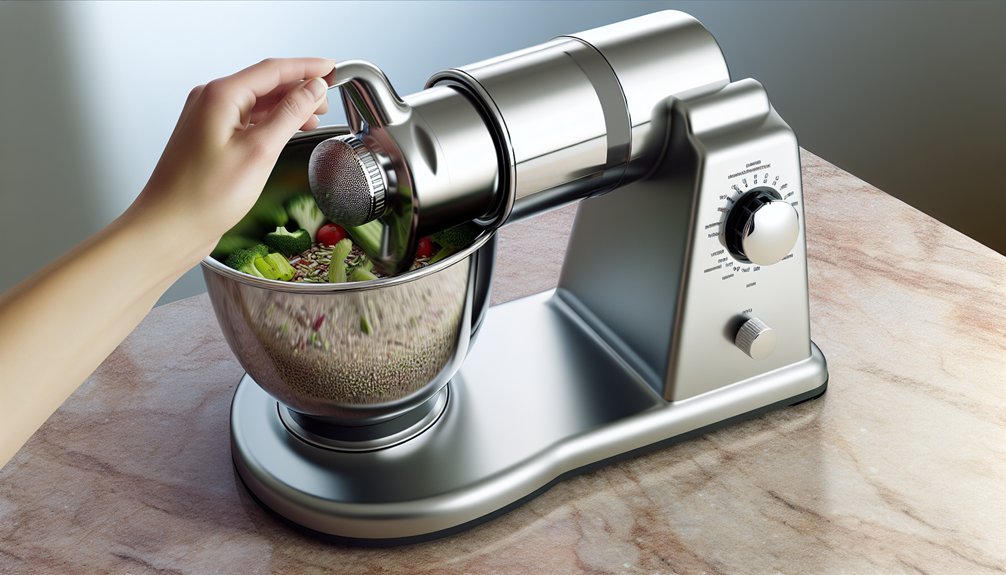
To protect your mixer grinder motor, manage loading carefully and follow a disciplined approach to each task. You should load containers within recommended limits, avoiding overfull jars that strain the drive. Distribute ingredients evenly, and never force blades through dense masses; if resistance rises, pause and segment the load. Use pulse or short bursts rather than continuous processing for tough chunks, preserving motor torque and reducing heat buildup. When handling wet mixes, avoid running with empty spaces, which can cause imbalance and vibration. Clean both jars and blades after use to prevent residue that increases load in future cycles. Schedule processing in logical steps, combining small batches rather than one heavy run, and respect manufacturer guidelines for maximum load, cycle count, and rest periods. Proper loading and load management are essential to extend the life of your 500W motor and its components motor protection.
Optimal Speed Settings and Processing Techniques
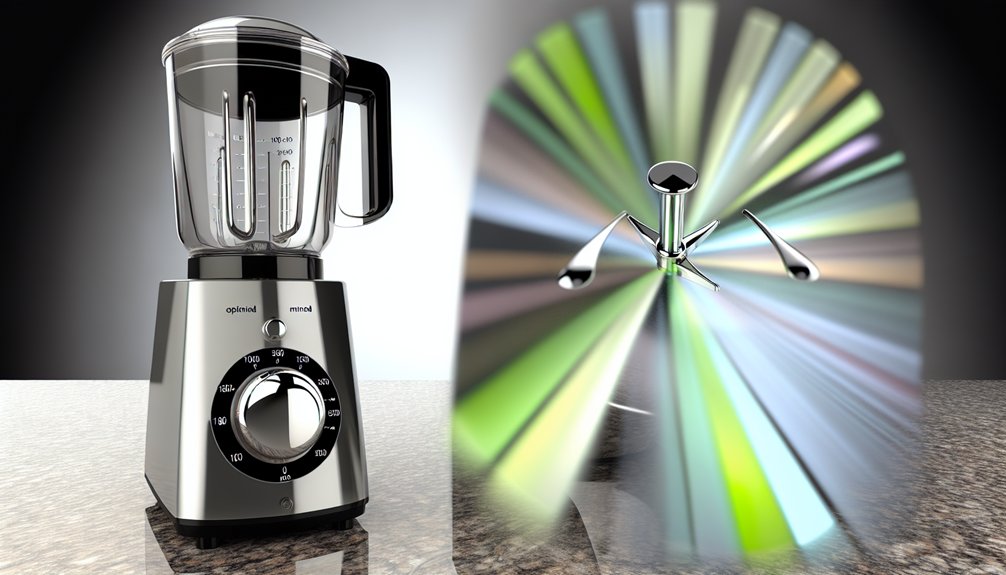
Ideal speed settings are about matching your task to the blade design and load, then pacing the process to control heat and torque. You choose a moderate speed for soft foods to minimize wear, then increase only as needed for texture. For doughs, follow the blade’s recommended RPM range, keeping intervals short to prevent overheating. When blending in batches, let the motor rest between cycles to recover torque and reduce thermal buildup. Use pulse processing to judge texture rather than continuous high-speed runs. Load monitoring matters: if the motor strains, cut duties, or slow visibly, back off immediately. Secure the lid, avoid overfilling, and keep hands away from blades. Observe manufacturer guidelines for duty cycles, and prefer shorter, controlled bursts over prolonged grinding. Regular maintenance and cleaning help sustain motor performance and longevity, ensuring consistent results over time motor longevity.
Regular Cleaning, Lubrication, and Routine Maintenance
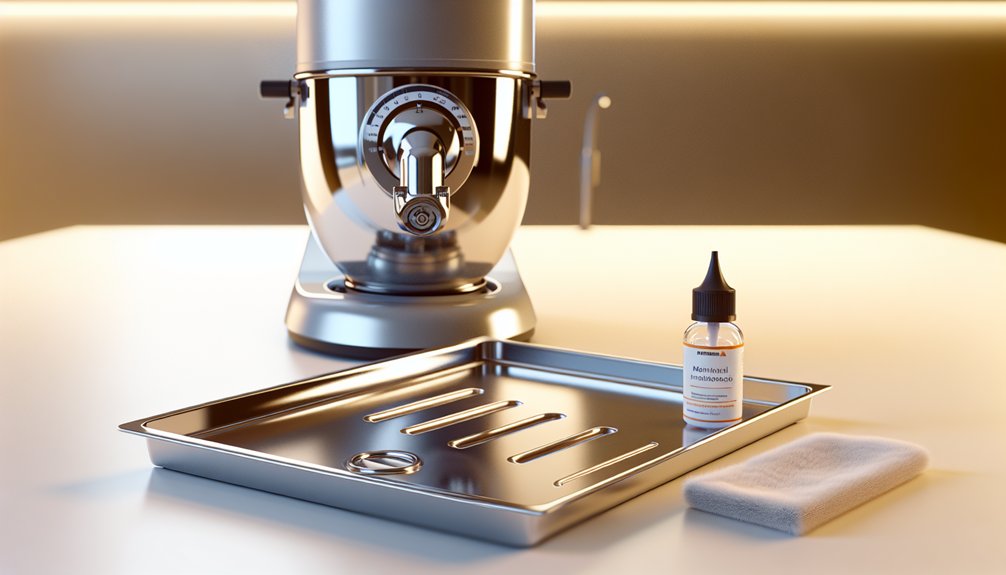
Regular cleaning, lubrication, and routine maintenance keep your mixer grinder motor reliable and safe to use. You should disconnect power before any work, then remove detachable components and wipe residue with a dry, lint-free cloth. Clean the blade assembly and jar seals with mild soap and water, ensuring no moisture remains where electronics or bearings reside. Check ventilation gaps for dust and clear them gently. Lubricate moving joints only as specified by the manufacturer; never over-lubricate, and avoid oil on drive belts. Inspect wiring for cracks and secure connectors firmly. Schedule routine maintenance every 3–6 months based on use, recording findings for trends. Replace worn brushes or bearings promptly. Documented upkeep minimizes heat buildup and extends motor life.
Safe Operation Practices and Early Warning Signs
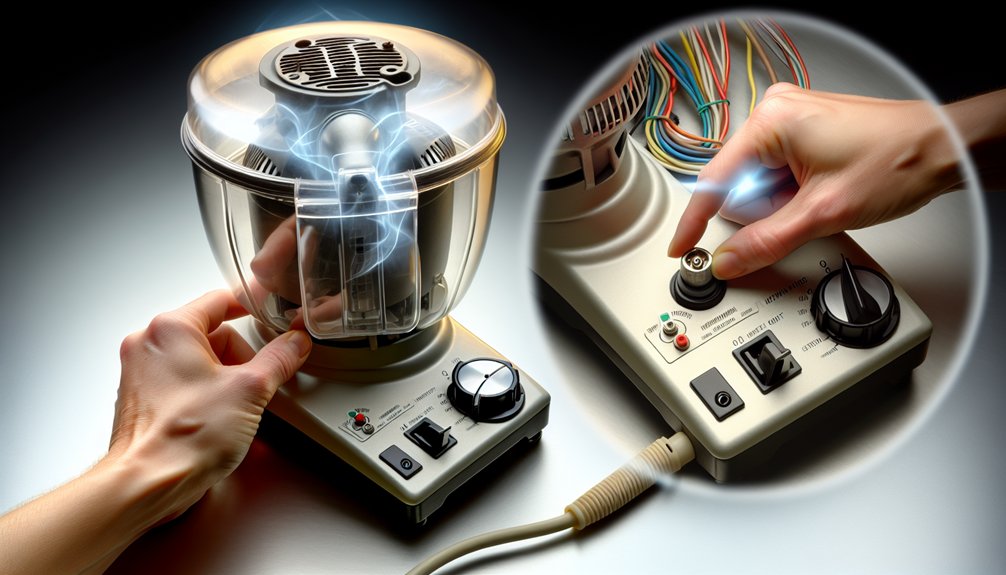
Safe operation starts with clear, consistent habits and recognizing early warning signs before they escalate. You should always follow the manufacturer’s instructions, never bypass safety interlocks, and use the correct attachments for your model. Before each use, inspect the cord, plug, and switch for wear, and confirm the lid is secured. Run the mixer at the lowest effective speed and avoid overloading the motor; if it strains, stop and redistribute contents. Listen for unusual noises, excessive vibration, or burning smells, and address these indicators immediately. Keep vents unobstructed to prevent overheating. Allow the motor to cool between heavy runs, and perform regular maintenance as prescribed. If protective features trigger, stop operation, diagnose, and seek professional service when needed. Maintain clean, dry hands and a dry workspace.
Frequently Asked Questions
How Often Should I Replace Motor Brushes in a Mixer Grinder?
Brush replacement isn’t fixed; inspect brushes and commutator every 6–12 months, or as performance declines. If you notice sparking, reduced power, or motor overheating, replace them promptly with manufacturer-specified parts to maintain safety and efficiency.
Can Vibration Indicate Motor Wear Before Failure Occurs?
Yes. Vibration can signal motor wear before failure, so you should stop, unplug, and inspect mounts, bearings, and alignment; monitor for unusual wobble, noise, or overheating, and consult a technician if symptoms persist or worsen. Safety first.
Do Higher Wattage Motors Last Longer Under Heavy Loads?
Higher wattage motors don’t inherently last longer under heavy loads; longevity depends on proper cooling, voltage stability, and load management. You should monitor current, use appropriate speeds, secure mounting, and follow manufacturer guidelines to guarantee safe, reliable operation.
Is There a Recommended Warranty-Safe Maintenance Interval?
Yes—follow the manufacturer’s warranty terms; typically schedule basic inspection every 6–12 months and after heavy use. Check cords, seals, and blades for wear, replace worn parts promptly, and avoid overloading to maintain safety and reliability.
Should I Use Inverter/Ups Power With the Mixer Grinder?
Yes, you can use an inverter or UPS, but choose a pure sine wave unit rated beyond your grinder’s wattage, keep surge protection, and avoid long, high-load runs to prevent motor stress and electrical noise. Safety first, always.
